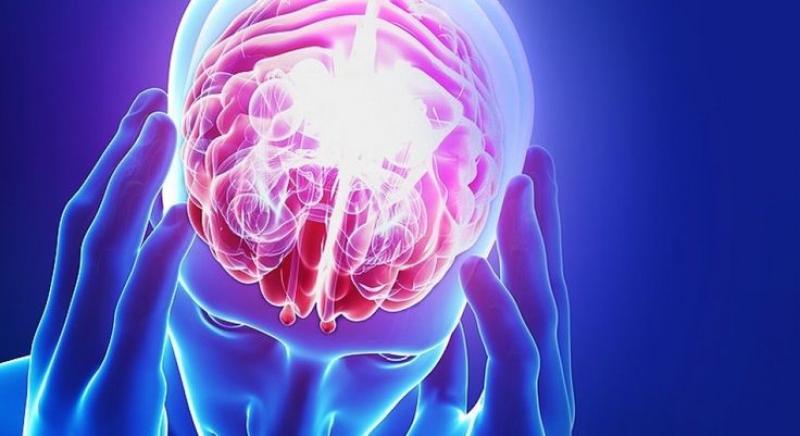Emerging Treatments for TBI
One of the most promising areas of research focuses on blocking the damaging biochemical processes that occur after a traumatic brain injury. When brain cells are damaged, they release harmful chemicals like glutamate, calcium ions, and free radicals that can further exacerbate the injury. Scientists are developing drugs that target these extracellular molecules to reduce secondary damage and promote healing. For example, some drugs are designed to block glutamate receptors or calcium channels to prevent overstimulation after TBI. Others aim to scavenge destructive free radicals before they can cause widespread oxidative stress. Clinical trials are currently underway to evaluate the safety and effectiveness of several investigational drugs with these mechanisms of action. If proven successful, they could greatly improve outcomes for TBI patients.
Cellular and Molecular Repair Strategies
At the cellular level Traumatic Brain Injury Therapeutics disrupts critical functions like metabolism, ion transport, and cell signaling. Researchers are investigating ways to help damaged cells regain homeostasis and heal. One approach involves transplanting stem cells, such as mesenchymal stem cells, into the injured brain. These cells may secrete neurotrophic factors that support neuronal regeneration and remyelination. Clinical trials so far have yielded promising results on functional recovery with few adverse effects. Other molecular therapies aim to promote the intrinsic repair capabilities of microglia and oligodendrocyte progenitor cells. Examples include drugs that stimulate neurogenesis, synaptogenesis, axonal growth and remyelination after TBI. Precisely guiding the brain's endogenous repair processes could significantly improve outcomes compared to relying on spontaneous recovery alone.
Neurorehabilitation and Brain Plasticity Maximization
Even with effective acute treatments, long-term rehabilitation will still be crucial for TBI patients to maximize recovery of lost skills and functionality. Advances in brain mapping have revealed that the brain exhibits a remarkable degree of neuroplasticity, or the ability to form new connections, after injury. Rehabilitation therapies aim to harness this plasticity by providing structured opportunities for reinforcement of adaptive behaviors and skills. Techniques like constraint-induced movement therapy push patients to use their impaired limbs, stimulating neuroplastic changes that restore function. Virtual reality and robot-assisted therapies also motivate intensive, task-specific practice in an immersive, gamified environment. Combined with pharmaceutical treatments, intensive neurorehabilitation may help the brain reorganize itself to compensate for damage and regain lost abilities.
Targeting Specific Injury Mechanisms
Not all TBIs are the same - different injury mechanisms like contusions, hemorrhages, diffuse axonal injury (DAI) and concussions each require tailored Traumatic Brain Injury Therapeutics strategies. For concussive injuries from rotational acceleration/deceleration forces, emerging treatments target the unique pathologies of DAI. One method involves injection of antibody fragments directly into the brain to tag and clear harmful tau proteins released after axonal damage. Clinical trials are underway for similar "tau immunotherapy" approaches. Surgeries are also improving to evacuate hemorrhages, reduce swelling, and repair contused or lacerated areas of the brain. Advances in neuroimaging allow for more precise diagnosis and correlation of structural deficits with specific functional impairments. This enables matching patients to treatments optimized for their unique injury profiles.
Progress Through Collaborative Research
Significant challenges remain in developing safe and effective TBI therapies. One barrier is the heterogeneity of injuries - what works for one patient may not work for another. Large, multicenter studies are needed to evaluate treatments across diverse populations. Collaborations between clinicians, researchers, industry and patients/advocates have driven progress. Examples include projects like the Transforming Research and Clinical Knowledge in TBI pilot led by the National Institute of Neurological Disorders and Stroke. This initiative facilitates data sharing across hundreds of studies to identify patterns and biomarkers. Collaborations have also established initiatives like the International Initiative for Traumatic Brain Injury Research that standardize preclinical models and outcomes assessments. With continued collaborative efforts, optimizing available therapies, and developing new targeted strategies, researchers are working to transform Traumatic Brain Injury Therapeutics from a largely untreatable condition to one with meaningful treatment options.
For Deeper Insights, Find the Report in the Language that You want:
About Author:
Money Singh is a seasoned content writer with over four years of experience in the market research sector. Her expertise spans various industries, including food and beverages, biotechnology, chemical and materials, defense and aerospace, consumer goods, etc. (https://www.linkedin.com/in/money-singh-590844163)
